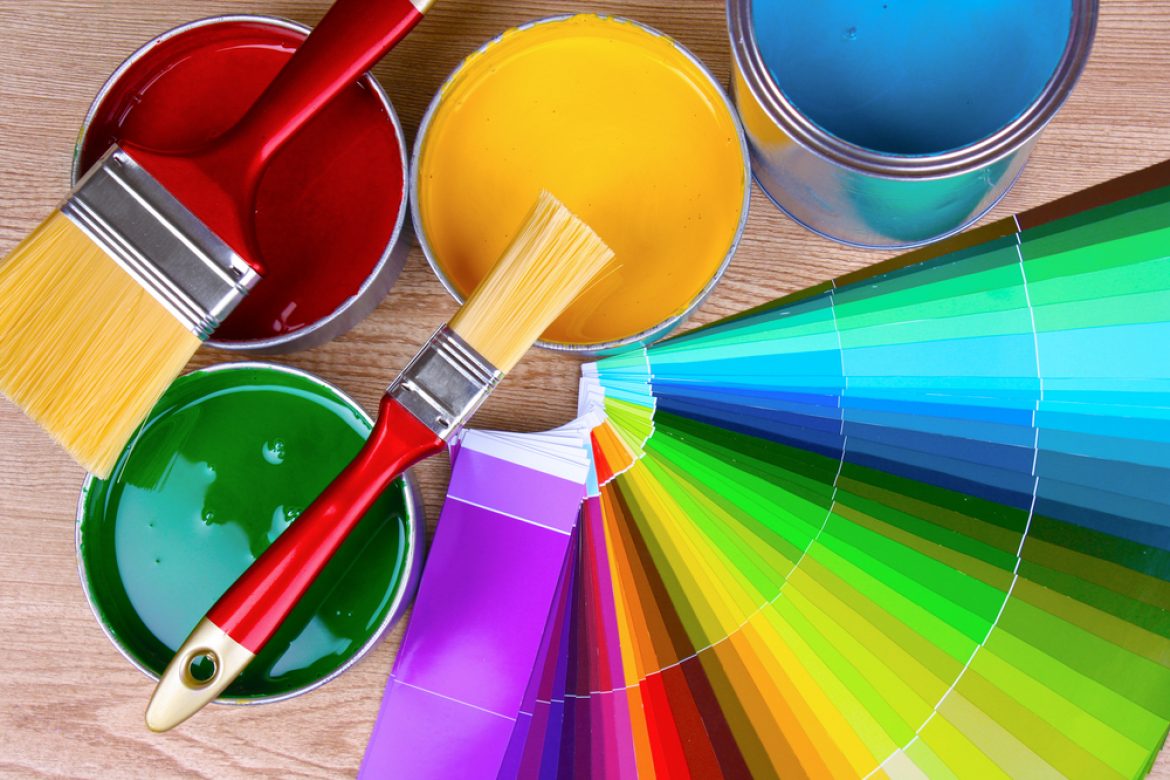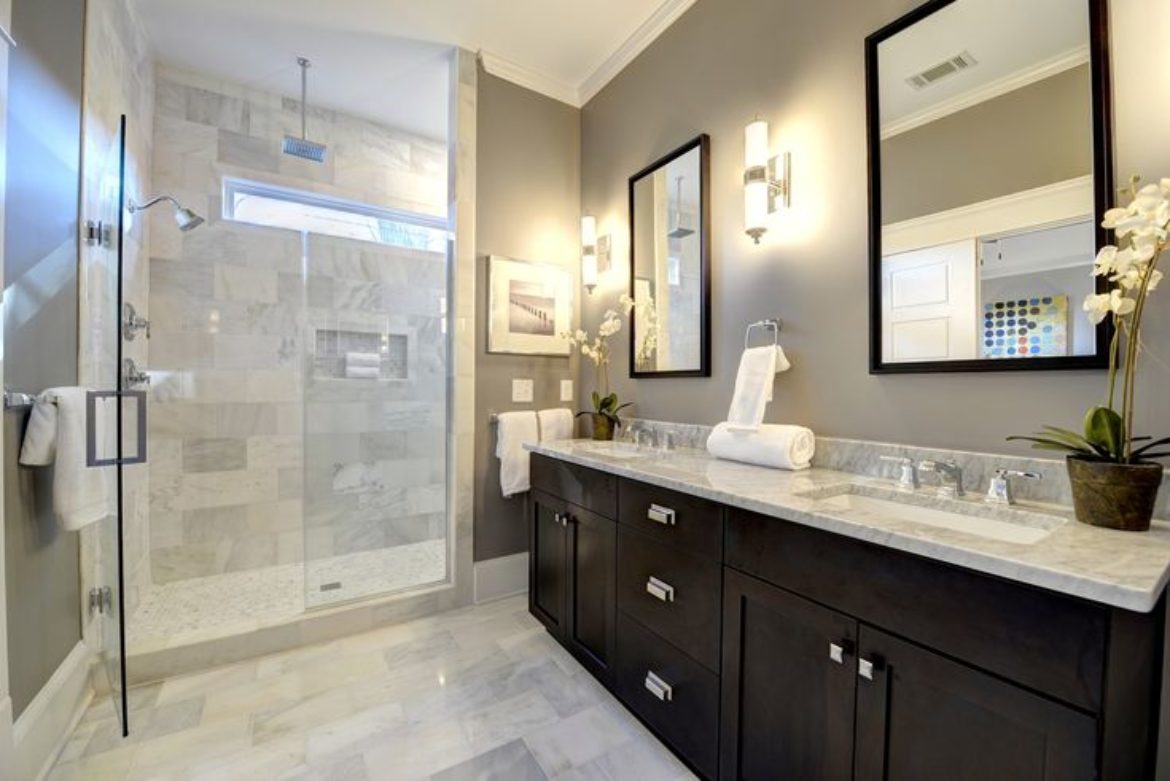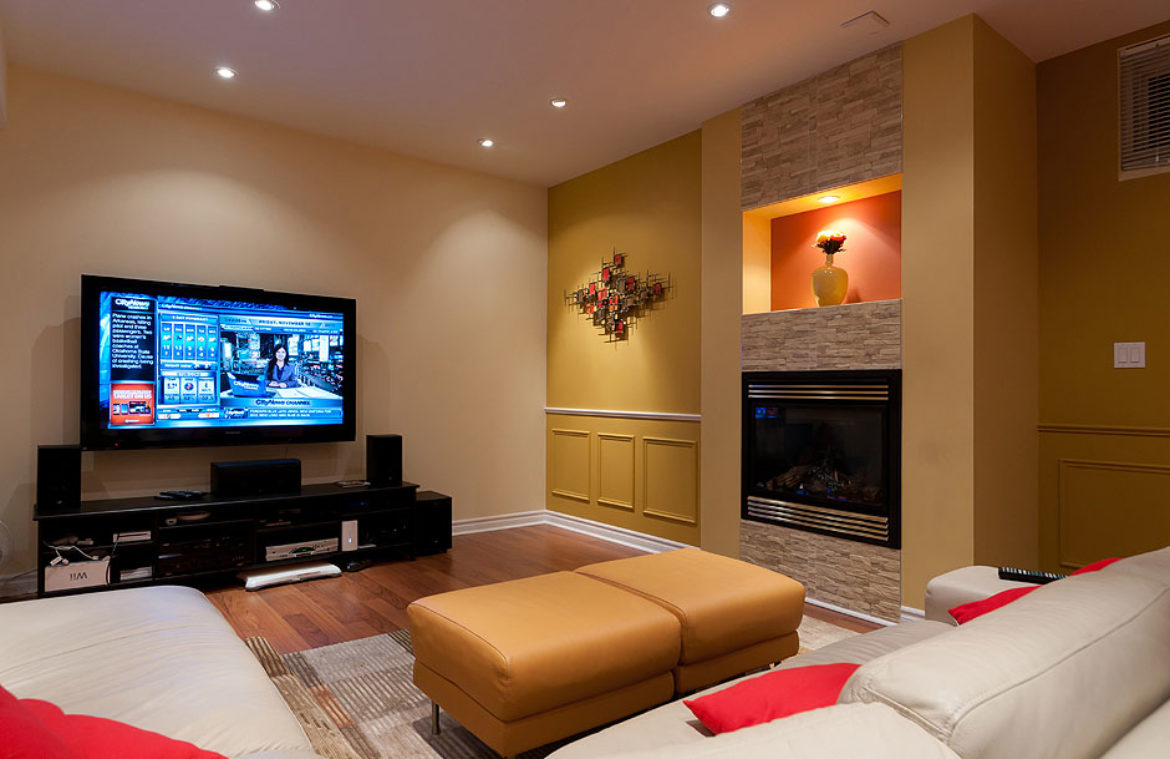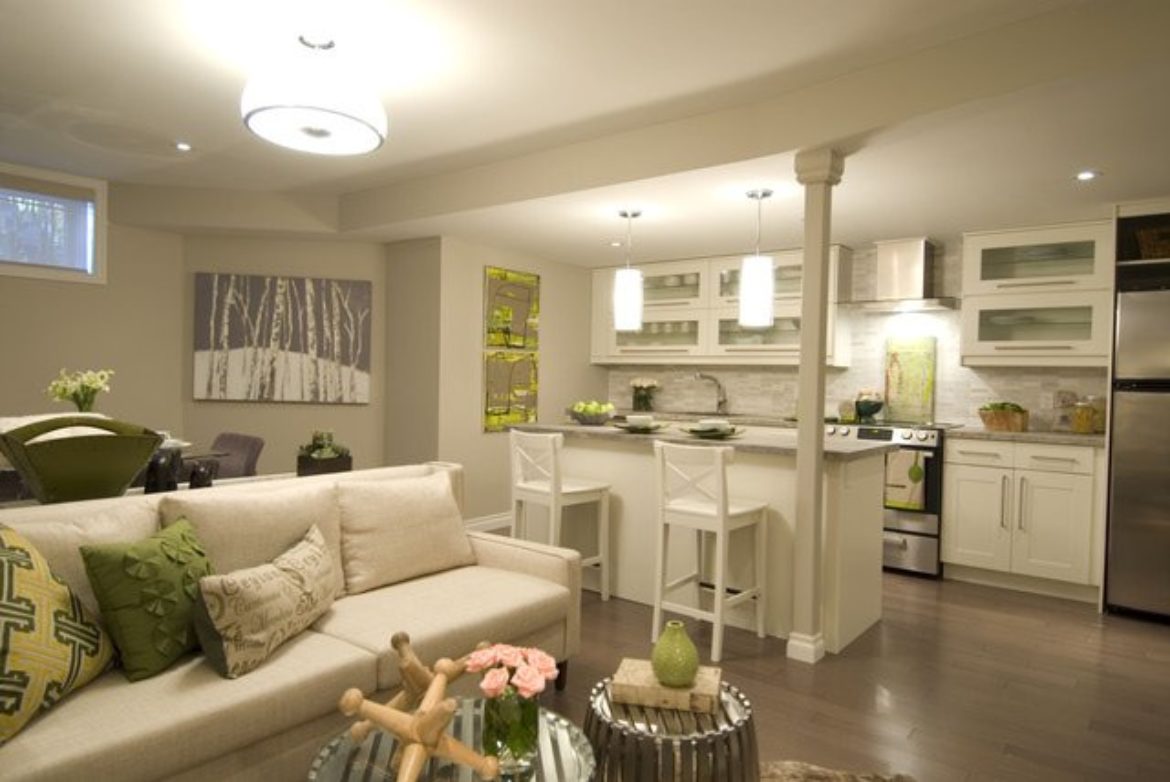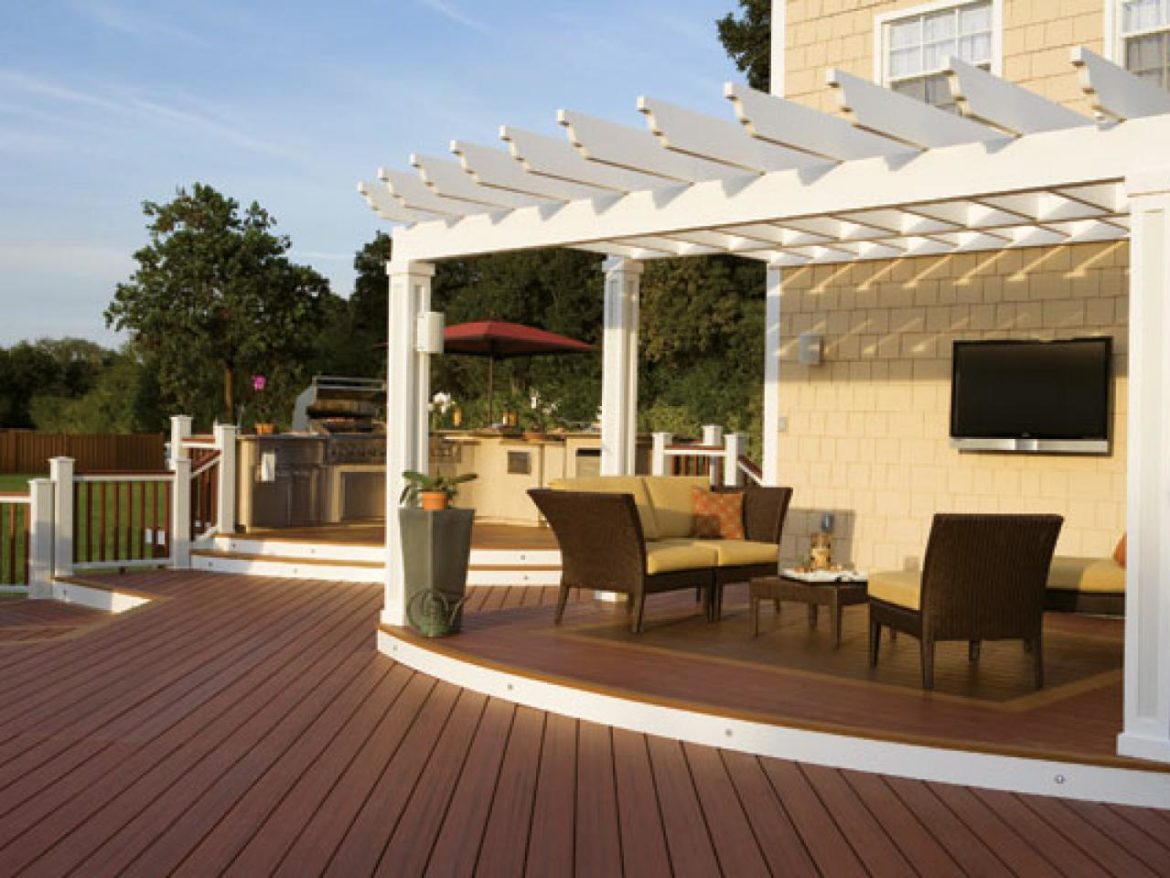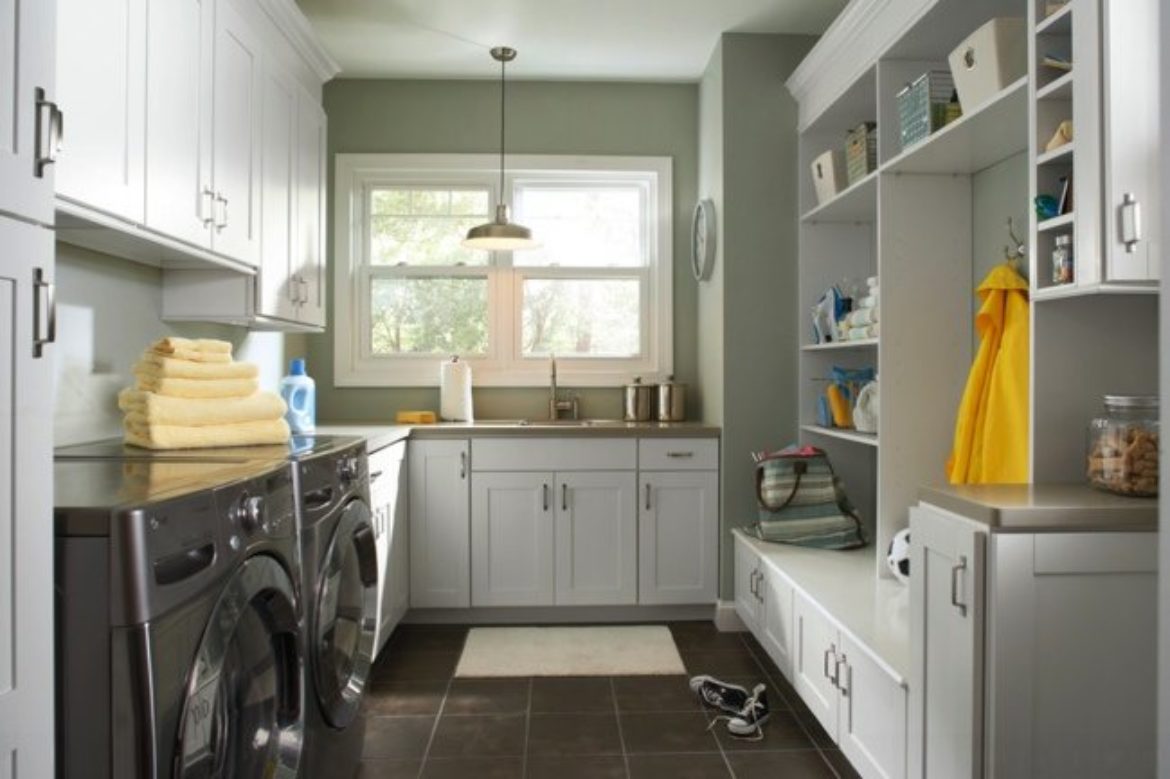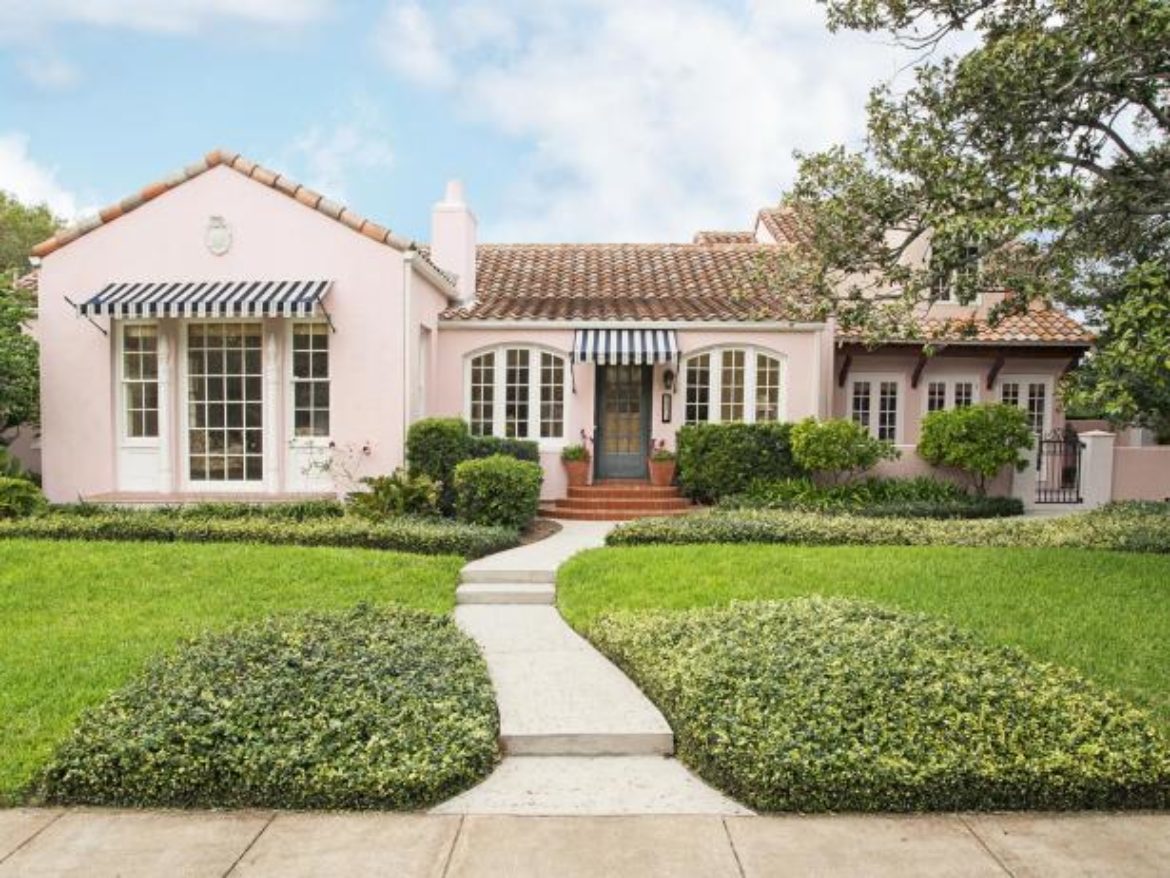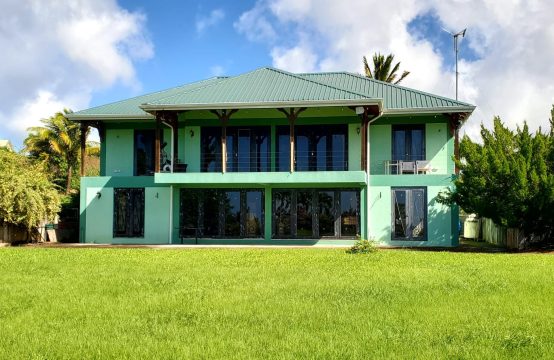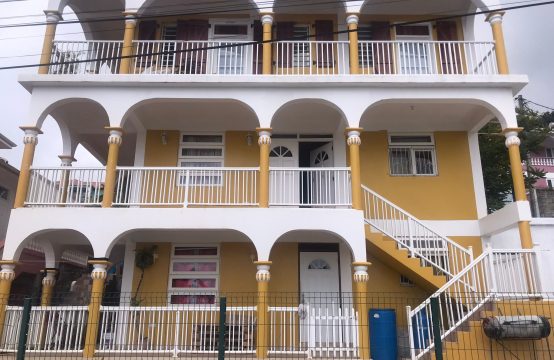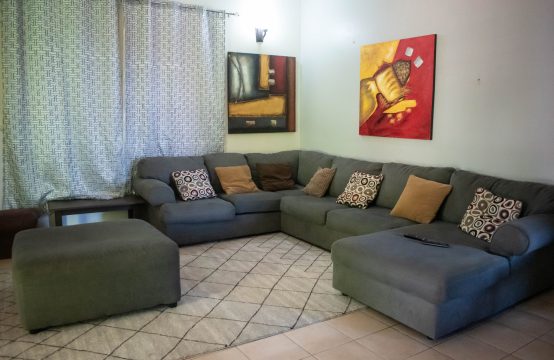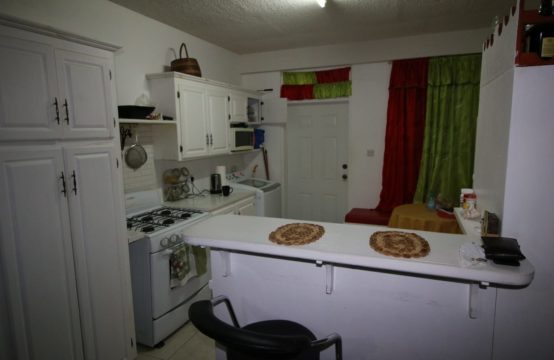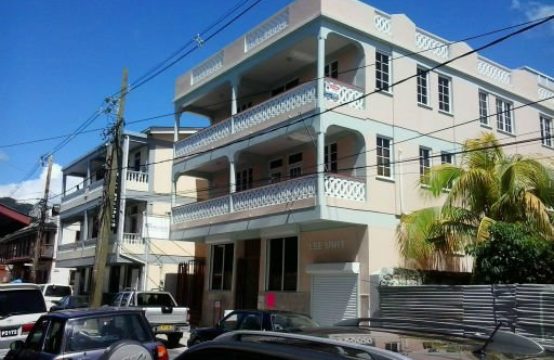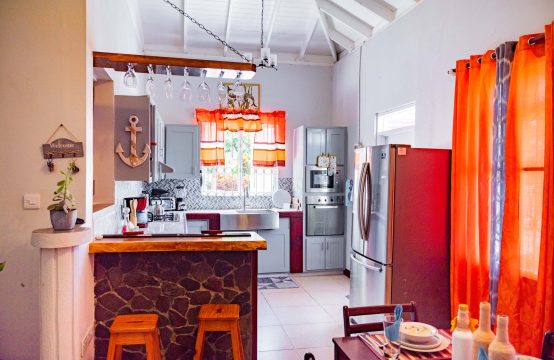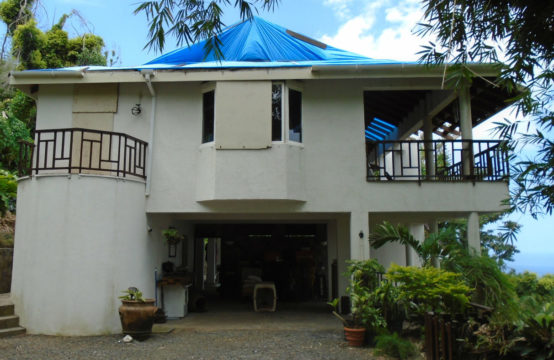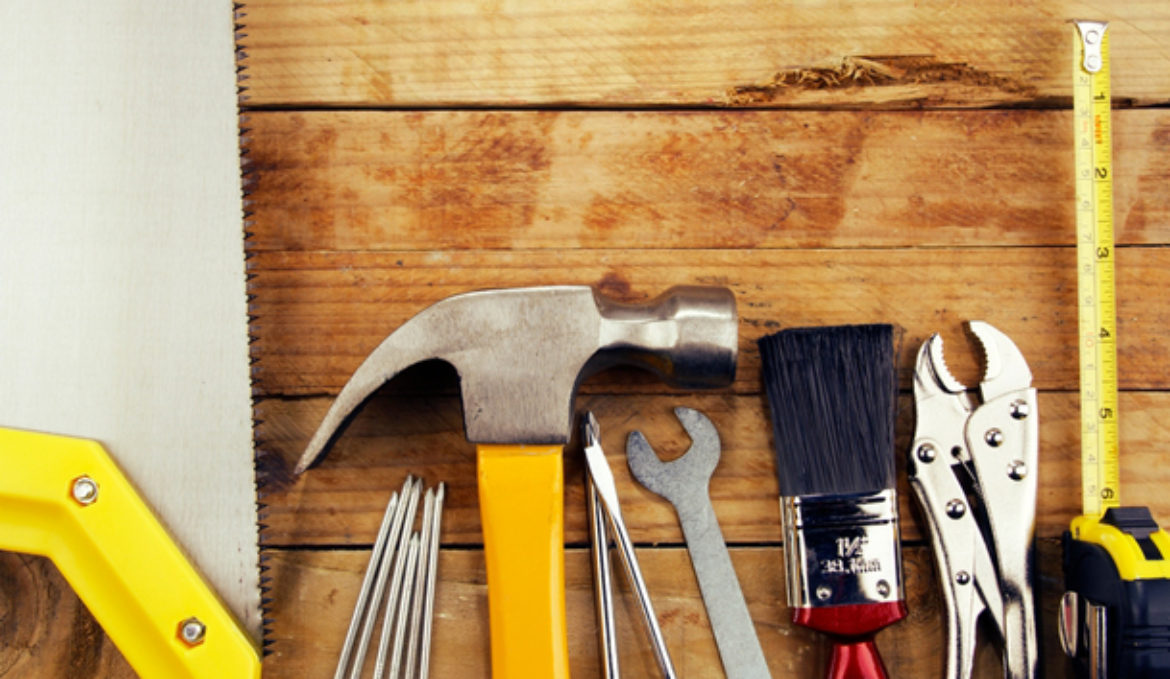
Whether you are planning on selling your home or you are simply interested in updating your home for your personal enjoyment consider implementing these home improvement tips that will increase the market value of your property.
- Ensure that your home’s exterior is appealing and inviting. Planting trees or a flower garden, keeping a well maintained lawn, and keeping shrubs and bushes pruned are simple ways to improve your homes curb appeal. In addition, including a focal point such as a well-designed walkway can add major property value.
- Utilize excess yard space by including outdoor living spaces such as a deck, patio, porch, pergola etc. to increase the value of your property. Investing in outdoor spaces provides the opportunity for more outdoor activities. This adds resale value to your property. Homebuyers tend to be more interested in homes that offers this feature.
- Adding an additional bathroom may be the best home improvement decision you can make. Having an additional bathroom not only increases your home’s resale value, but it also provides the home with greater functionality.
- Consider updating your home’s décor by replacing your old fixtures with new updated ones or adding modern fixtures such as moldings and chair rails that give the interior a crisp design.
- Doing small repairs may seem insignificant, but by maintaining and fixing the small things it gives the impression that your home has been well cared for over the years. Take a walk around the property and take note of what is broken and can easily be repaired. Also, staying on top of maintenance now provides the benefit of eliminating issues before they become too problematic.
Photo Credit: alln1pro.com

